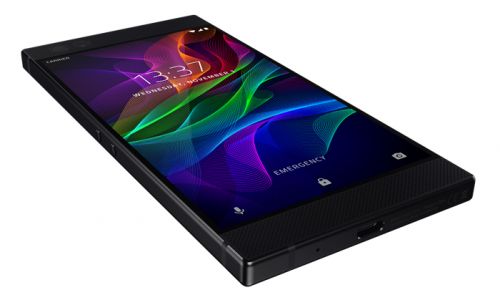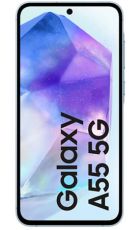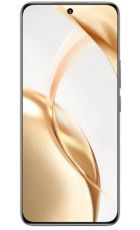The Razer Phone is built for gamers. That much should be obvious from the brand name, which, if you’re not familiar with the brand, is one that’s been making gaming peripherals for years.
This is its first phone though and it’s entering an arena packed full of high-end handsets that handle gaming just fine, so can the Razer Phone really stand out as a gaming handset? And does it do a good job of everything else expected from a smartphone?
We’ll answer that below in our full review, where we look at the design, screen, specs and everything else.
Screen
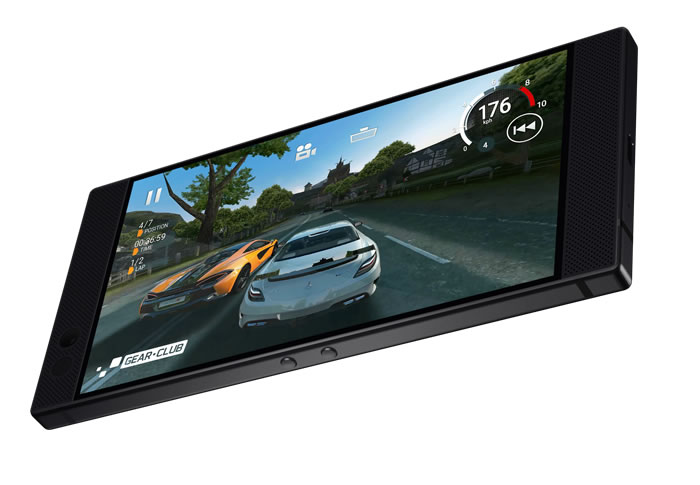
The Razer Phone has a 5.7-inch 1440 x 2560 LCD screen with a pixel density of 515 pixels per inch, which is a competitive spec, in line with flagships such as the Samsung Galaxy S9.
However, this screen also has a refresh rate of up to 120Hz, which is double what most phones offer and there’s a good reason for that – it makes graphics and other animation smoother, which is ideal for high-end gaming, though also beneficial for video and the like. Even scrolling is smoother as a result, making this a bonus whether you’re a gamer or not.
And it supports HDR content, which is another plus if you’re into movies and shows, as they’ll really pop on this thing.
The screen is sharp of course, and the only real disappointments are that is uses LCD rather than OLED (a choice which means contrast isn’t quite as good as it could be) and that it has large bezels above and below the display, but there’s a good reason for that, which we’ll get into below.
Design
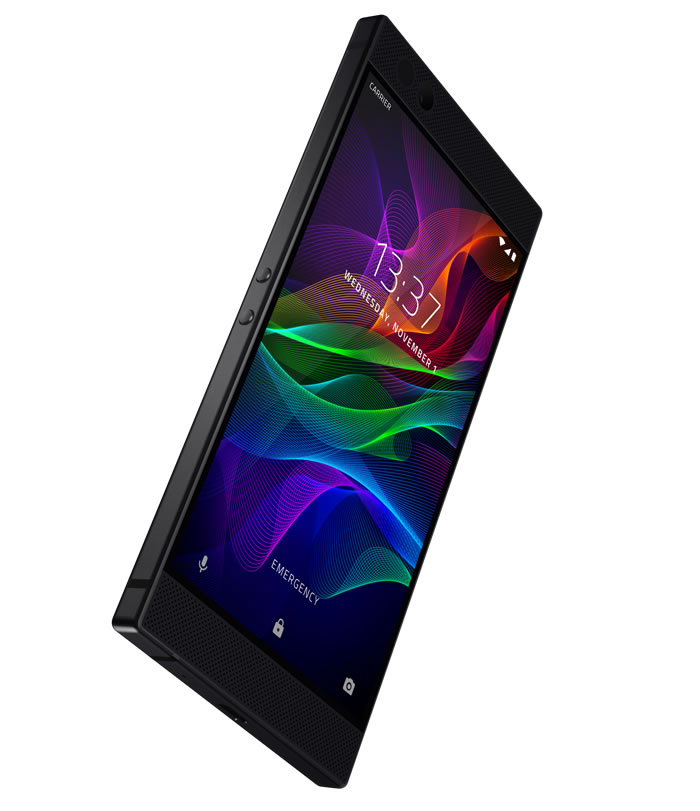
As noted above the Razer Phone has large bezels at the top and bottom, which look distinctly dated compared to most modern phones, but that’s because they house big stereo speakers powered by Dolby Atmos and paired with dual amplifiers.
The result is some of the very best sound you can get from a smartphone, making games, music and movies great here even if you don’t plug in headphones (something that you’ll need an adaptor to do, as there’s no 3.5mm port). Still, it does hamper the look of the Razer Phone a little.
In fact, all round this isn’t a phone that you buy for the design, as it’s very square, with none of the curves we’re used to on flagships.
It also has a fairly plain back, with a white Razer logo being the only real feature, and there’s no water resistance, but it is at least crafted from metal, so you do get some of the sense that this is a high-end handset.
Power
The Razer Phone is packed with specs that were top-end at launch but have since dated a bit – though not too much.
It has an octa-core Snapdragon 835 chipset with four cores clocked at 2.35GHz and four running at 1.9GHz. That’s a chip that powered some of 2017’s top phones, such as the Sony Xperia XZ1 and Google Pixel 2, but has since been bettered by the newer Snapdragon 845, found in the likes of the LG G7 ThinQ, and by the Exynos 9810, found in the Samsung Galaxy S9.
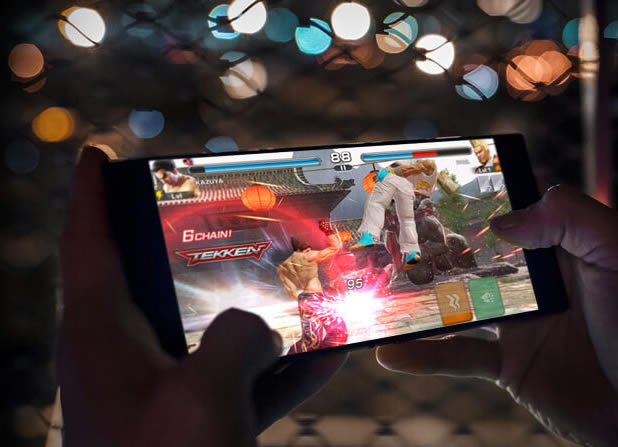
Still, it’s a speedy chip and where the Razer Phone really excels is its RAM, as there’s 8GB of the stuff – which is at least 2GB more than most modern flagships.
Plus the Razer Phone comes with a Game Booster app, which lets you customize and optimize your gaming experience, such as changing the CPU speed and screen resolution.
The phone is also packing a thermal design which keeps it cool and ensures there’s less throttling than on other phones with these sorts of specs, so performance remains consistent.
It’s a strong showing then, it’s just a shame there’s not a newer chipset in there, but that can’t be helped because, again, this was one of the best available at launch.
One thing that’s not dated is the operating system, as while it shipped with Android Nougat it’s since been updated to Android Oreo.
Camera
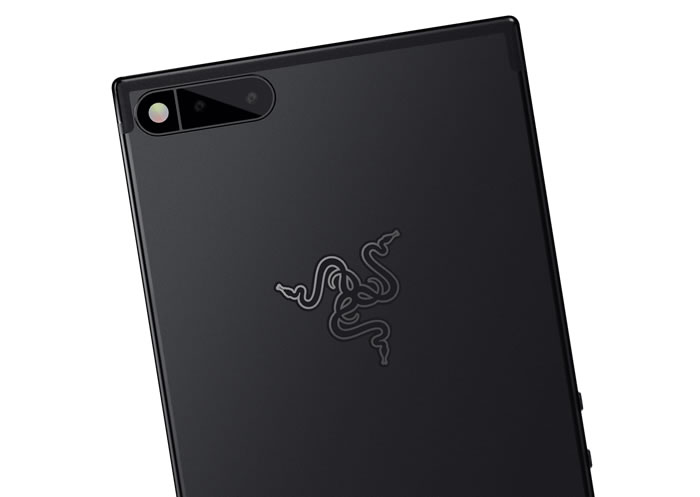
The Razer Phone has a pair of 12MP cameras on the back. There’s an f/1.75 wide-angle lens and an f/2.6 zoom lens, allowing for 2x optical zoom so you can zoom in without sacrificing quality.
It’s a solid showing, but camera settings are minimal, so if you like to tweak or take full control of your photos this isn’t the camera for you and the actual images while fine can’t compete with the best smartphone cameras around, such as the triple-lens one on the Huawei P20 Pro.
You can record video in up to 2160p at 30fps and around the front there’s an 8MP f/2.0 camera which is about as basic as it sounds but should get the job done for a typical selfie.
Features
The main features of the Razer Phone are its 120Hz screen and its beefy speakers, both of which we’ve covered above.
It’s worth noting though that if you choose to use headphones rather than speakers the sound potentially gets even better, as it comes with an adaptor (necessary for wired headphones since there’s no 3.5mm port) that has a built-in 24-bit DAC for top quality sound.
There’s also a side-mounted fingerprint scanner, as you’d expect from a phone of this price.
Battery life, memory and connectivity
The Razer Phone has a big 4,000mAh battery, which is larger than most smartphone batteries. Handily it’s also longer-lasting, though not by much, as you’ll still generally want to charge this every night. You can probably blame the fancy 120Hz screen for that. You do get fast charging though, but no wireless charging.
For memory you get 64GB plus a microSD card slot, so there should be lots of space for all your games, or whatever else you choose to fill the phone up with.
Connectivity options include 4G, Wi-Fi, Bluetooth 4.2 and NFC, so Android Pay is useable.
Verdict
The Razer Phone bills itself as a phone for gamers and on that front it succeeds, thanks to its high refresh rate, sharp screen, powerful speakers, plentiful RAM and Game Booster app.
Many of those features also make it an appealing all-round handset, as does its big battery and decent storage capacity.
The real problem is its ugly design, which could put off a lot of buyers. It also arguably can’t claim to be the ultimate gaming phone any more, as its chipset has now been beaten, but it’s still in the conversation.


